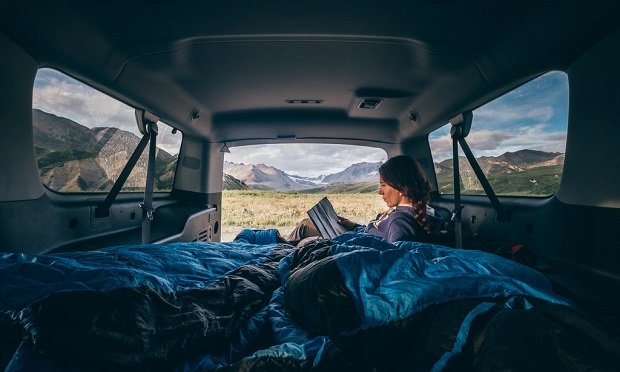 There are several reasons why insureds might be experiencing cabin fever in 2020 along with a strong urge to venture out for some leisure. (Shutterstock)
There are several reasons why insureds might be experiencing cabin fever in 2020 along with a strong urge to venture out for some leisure. (Shutterstock)
The period between Memorial Day and Labor Day is known as the "100 Deadliest Days" of the year because fatal accidents involving teen drivers increase dramatically. In 2020, however, there may be more cause for concern than usual as conditions on the roads change due to circumstances surrounding the COVID-19 pandemic.
Recommended For You
Want to continue reading?
Become a Free PropertyCasualty360 Digital Reader
Your access to unlimited PropertyCasualty360 content isn’t changing.
Once you are an ALM digital member, you’ll receive:
- Breaking insurance news and analysis, on-site and via our newsletters and custom alerts
- Weekly Insurance Speak podcast featuring exclusive interviews with industry leaders
- Educational webcasts, white papers, and ebooks from industry thought leaders
- Critical converage of the employee benefits and financial advisory markets on our other ALM sites, BenefitsPRO and ThinkAdvisor
Already have an account? Sign In Now
© Touchpoint Markets, All Rights Reserved. Request academic re-use from www.copyright.com. All other uses, submit a request to [email protected]. For more inforrmation visit Asset & Logo Licensing.







